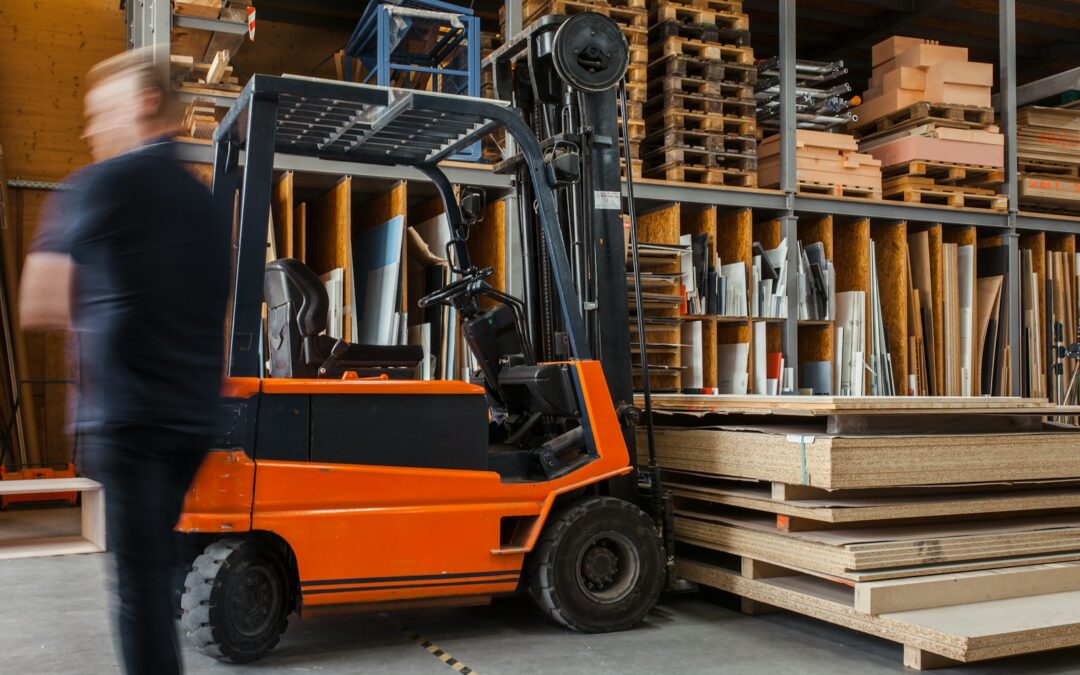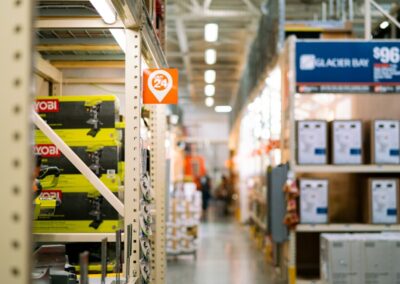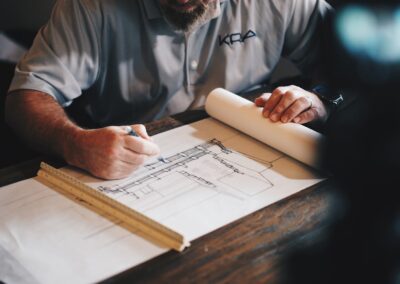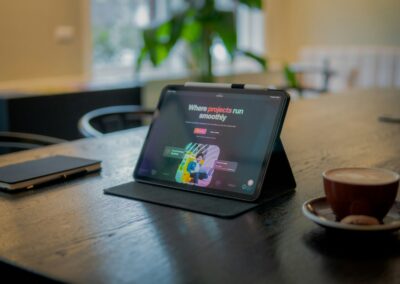Optimizing Material and Equipment Management through Technological Integration
Introduction to BIM and Digital Twins in Construction
The integration of Building Information Modeling (BIM) with digital twins in construction logistics represents a groundbreaking advancement in the construction industry. BIM, a digital representation of the physical and functional characteristics of a facility, combined with digital twins, which are virtual replicas of physical assets, enables comprehensive management of construction site logistics, including the movement of materials and equipment. This synergy provides a robust platform for optimizing construction operations, enhancing efficiency, and ensuring timely project completion.
In rapidly developing regions such as Saudi Arabia and the UAE, the adoption of BIM and digital twins is crucial for managing large-scale construction projects. Cities like Riyadh and Dubai are at the forefront of implementing advanced technologies to streamline their infrastructure development. The integration of BIM and digital twins facilitates real-time monitoring and management of construction logistics, thereby reducing delays and costs associated with material and equipment handling. This approach aligns with the strategic vision of these cities to develop smart and sustainable urban environments.
For business executives, mid-level managers, and entrepreneurs in the construction sector, leveraging BIM and digital twin technology is a strategic move. It not only enhances operational efficiency but also provides a competitive edge in delivering high-quality projects. Embracing these technologies ensures precise planning and execution of logistics, contributing to the overall success of construction projects in the region.
Optimizing Material Management with BIM and Digital Twins
The integration of BIM and digital twins in construction logistics significantly optimizes material management. Traditional methods of tracking and managing construction materials often lead to inefficiencies and increased costs. BIM provides a detailed digital representation of the construction project, while digital twins offer real-time data on material usage and movement. Together, they create a dynamic and accurate model of the construction site.
In bustling construction environments like Riyadh and Dubai, where projects are continuously evolving, this integration allows for precise tracking and management of materials. Real-time data from digital twins ensures that materials are delivered to the right place at the right time, minimizing the risk of delays and interruptions. BIM enables construction managers to visualize the entire project and plan material logistics more effectively, reducing wastage and optimizing resource allocation.
Moreover, the combination of BIM and digital twins enhances collaboration among stakeholders. By providing a transparent and detailed view of material logistics, these technologies enable better communication and coordination between suppliers, contractors, and project managers. This collaborative approach fosters trust and improves the overall efficiency of the construction process, ensuring that projects are completed on time and within budget.
Streamlining Equipment Movement with BIM and Digital Twins
Efficient equipment management is crucial for the timely completion of construction projects. The integration of BIM and digital twins in construction logistics provides a comprehensive solution for managing the movement of equipment on-site. BIM offers detailed visualizations of the construction project, while digital twins provide real-time data on equipment locations and movements. This combination allows for optimized scheduling and deployment of equipment.
In fast-paced construction projects in cities like Riyadh and Dubai, where timely project delivery is essential, BIM and digital twins offer a competitive advantage. By simulating various stages of the construction process, these technologies help project managers anticipate equipment needs and allocate resources efficiently. This predictive capability minimizes the risk of equipment shortages or delays, ensuring smooth project progression.
Additionally, the integration of BIM and digital twins enhances site safety. By providing a virtual model of the site, these technologies enable rigorous testing and validation of equipment deployment strategies. This proactive approach to safety reduces the likelihood of accidents and improves compliance with safety regulations. In the context of the construction industry in Saudi Arabia and the UAE, where safety standards are stringent, the use of BIM and digital twins is critical for maintaining a safe and productive work environment.
Challenges and Future Prospects
While the benefits of BIM and digital twins in construction logistics are substantial, there are challenges that need to be addressed to fully leverage their potential. Ensuring the accuracy and reliability of these technologies requires high-quality data collection and advanced analytical tools. Additionally, integrating BIM and digital twins into existing construction practices necessitates significant investment in technology and training for professionals.
In regions like Saudi Arabia and the UAE, where there is a strong commitment to technological innovation, these challenges are being actively addressed. Governments and private sector players are investing in BIM and digital twin technology, fostering partnerships with tech companies to drive their adoption. By overcoming these challenges, the construction industry can unlock the full potential of these technologies, paving the way for smarter and more efficient logistics management.
Looking ahead, the role of BIM and digital twins in construction logistics is set to expand. Advances in artificial intelligence and machine learning will further enhance their capabilities, making them even more powerful tools for logistics management. As these technologies become more integrated into the construction process, they will play a pivotal role in shaping the future of urban development in cities like Riyadh and Dubai.
Conclusion: Embracing BIM and Digital Twins for Construction Success
The integration of BIM and digital twins in construction logistics marks a significant advancement in the construction industry. By enabling efficient material management and streamlined equipment movement, these technologies are transforming the way construction projects are managed and executed. In regions like Saudi Arabia and the UAE, the adoption of BIM and digital twin technology aligns with the vision of developing smart, sustainable, and innovative cities.
For business executives, mid-level managers, and entrepreneurs in the construction sector, investing in BIM and digital twin technology for logistics management is a strategic decision that promises substantial returns. By embracing these technologies, construction companies can enhance their operational efficiency, reduce costs, and deliver high-quality projects on time. As BIM and digital twin technology continue to evolve, their impact on the construction industry will only grow, driving progress and success in urban development.
—
#BIM #DigitalTwins #ConstructionLogistics #MaterialManagement #EquipmentMovement #ConstructionIndustry #SaudiArabia #UAE #Riyadh #Dubai #ArtificialIntelligence #Blockchain #TheMetaverse #ExecutiveCoachingServices #GenerativeArtificialIntelligence #ModernTechnology #BusinessSuccess #LeadershipSkills #ProjectManagement























